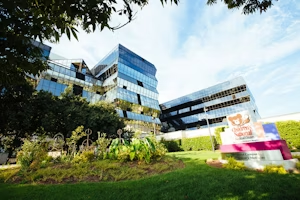Novel Platforms for Developing Therapies for Transformed Gliomas in Patients with NF1
Email Principal InvestigatorAbout this
Project
Neurofibromatosis type 1 (NF1) is a disorder affecting more than 100,000 people each year in the United States and is therefore the most common genetic tumor predisposition syndrome. NF1 can result in low grade gliomas (LGG) and less commonly high grade glioma (HGG). While some HGGs seem to arise spontaneously, there is evidence that some HGGs in patients with NF1 arise from LGGs. However, the genomic changes that take place during this transition are not well known. Researchers on this project aim to identify such genomic changes and to develop pre-clinical models. Pre-clinical models are used to study disease progression and drug interactions before therapeutics are administered to real patients. Development of strong models, especially those containing the genomic alterations associated with NF1 will allow for discovery of new therapies in the treatment of LGGs and HGGs. This team will use specimens prepared and provided by the Children’s Brain Tumor Network to pursue this research. This study will allow for the development of pre-clinical models that can be used to identify novel therapies for transformed NF1 gliomas.
Ask The
Scientists
What are the goals of this project?
Researchers aim to develop strong pre-clinical models for NF1 associated gliomas.
What is the impact of this project?
The development of pre-clinical models could lead to new treatment options for low grade and high grade glioma patients.
Why is the CBTN request important to this project?
The rare and high quality specimens available through the Children’s Brain Tumor Network are essential for the development of strong pre-clinical models.


